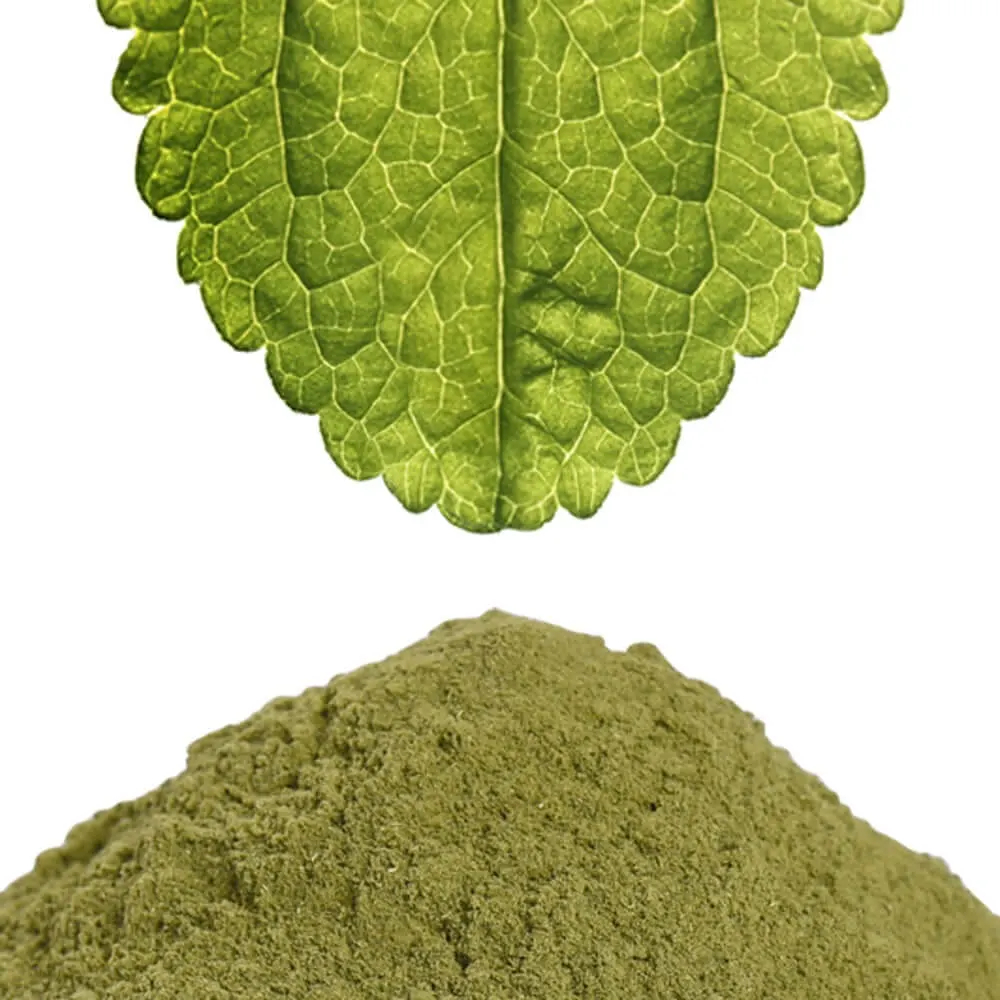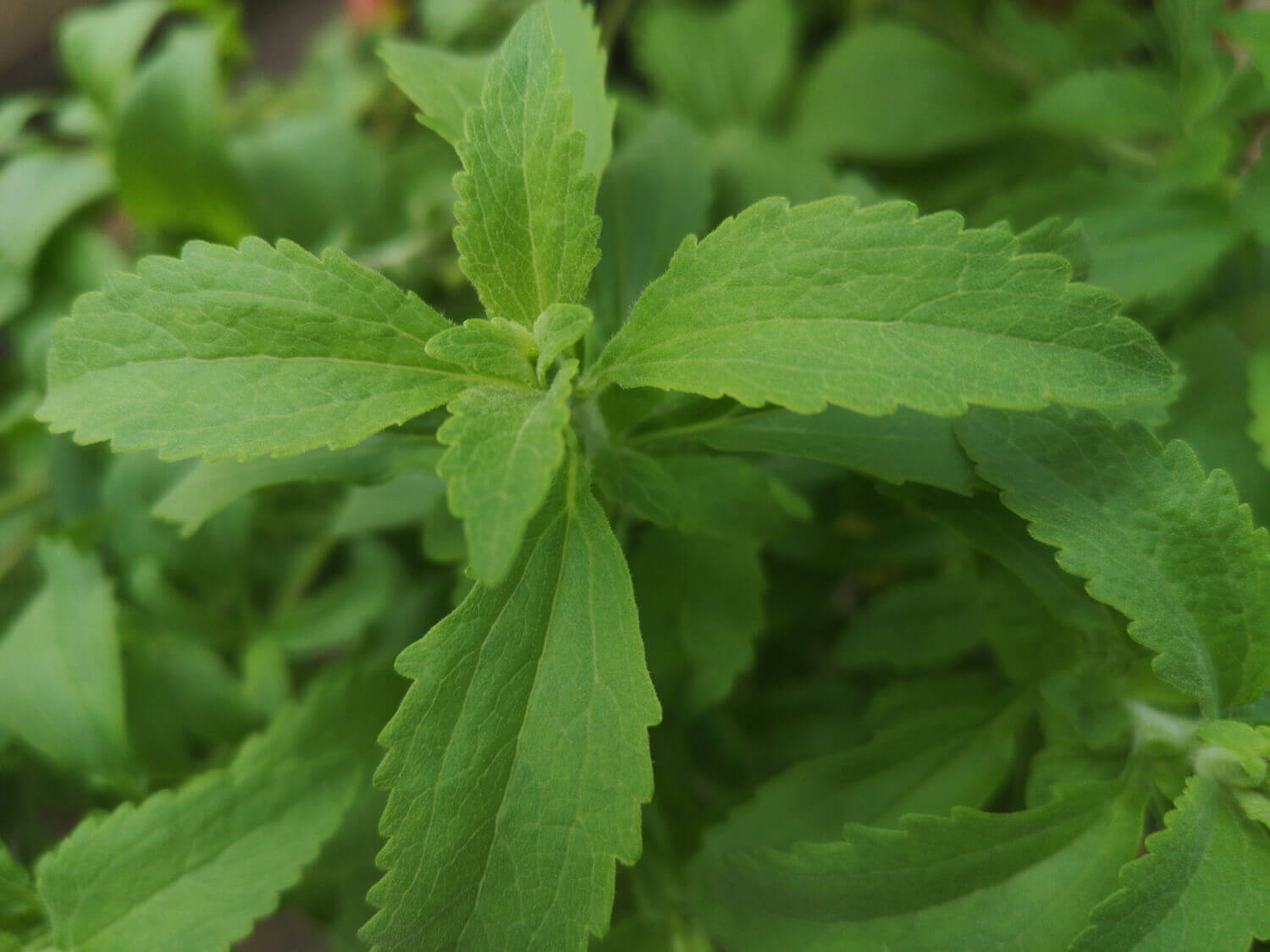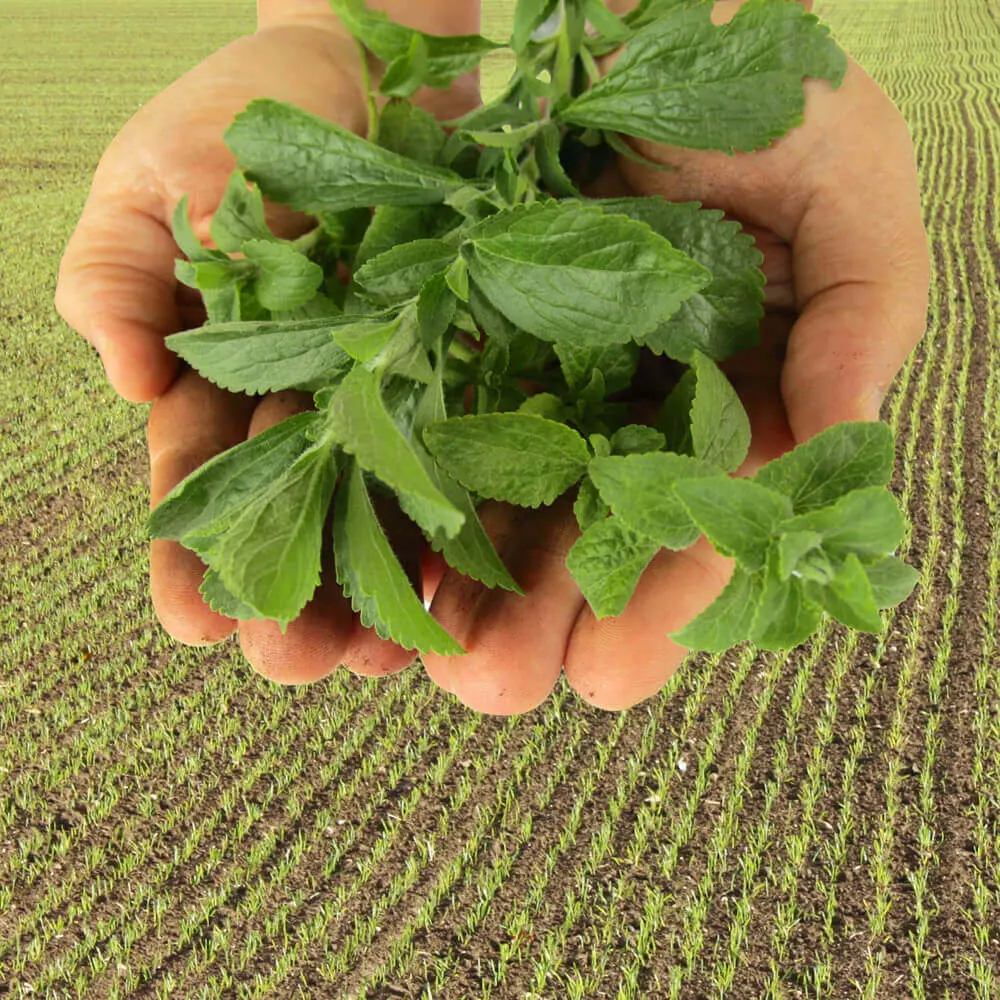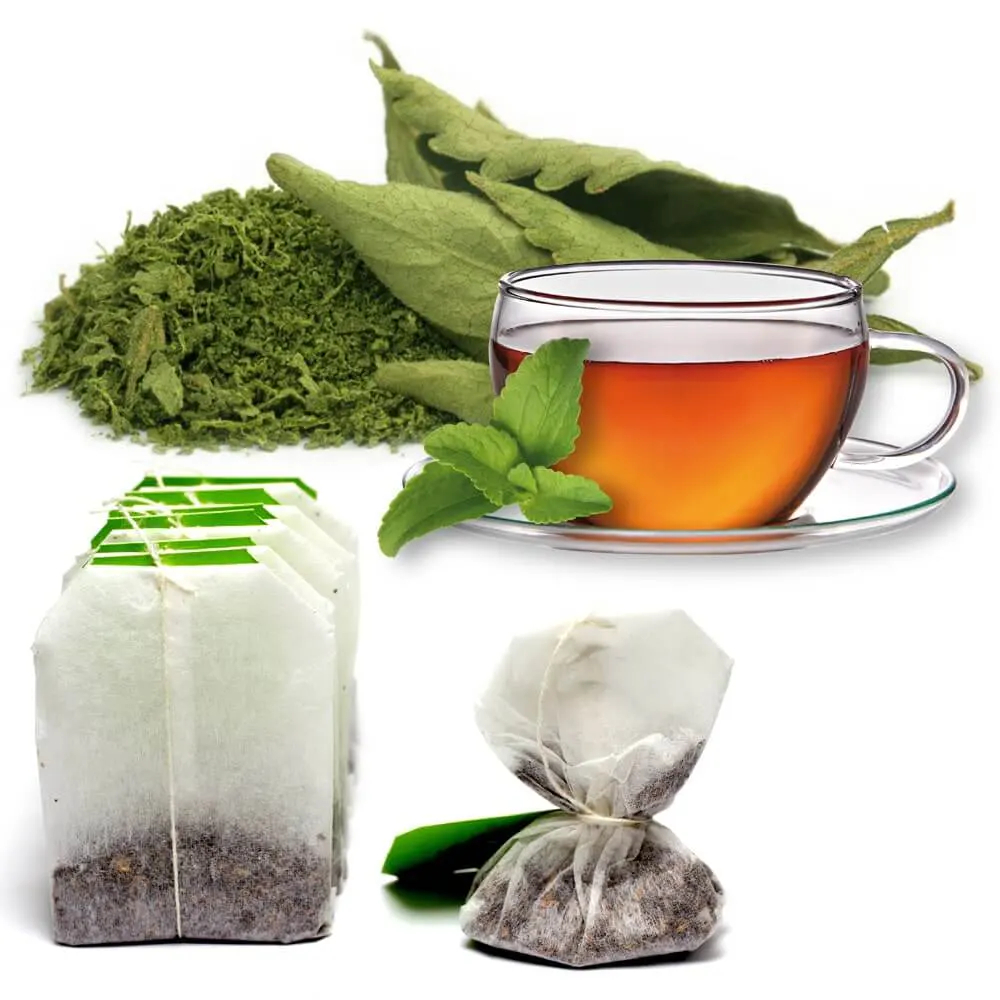What is Stevia?
Stevia is a plant that originated in Paraguay and Brazil. Stevia rebaudiana is a species of plant in the genus Stevia (Stevia) in the daisy family (Asteraceae).
Moisés Santiago Bertoni (1857-1929) was a Swiss botanist who discovered the Stevia plant in 1887 and made his knowledge known worldwide.
For centuries, the stevia plant has been used in its natural home of South America not only for sweetening, but also as a remedy.
The plant, which originally comes from South America, is also called honey herb (Caá-jeé) or sweet herb (kaá heé) and bears the Latin name Stevia rebaudiana Bertoni.
Not only the sweetener produced from the stevia plant is colloquially called stevia, but also the stevia plant.

Where does Stevia get its sweetness?
The leaves of the Stevia plant are naturally sweet and the ingredients are used as a natural sweetener.
The very sweet ingredients called steviol glycosides, steviosides and rebaudioside A are formed in the leaves of the stevia plant. Rebaudioside A in particular has enormous sweetening power and is used as a calorie-free sweetener in food and drinks.
Stevia has the advantage over sugar that it prevents the formation of caries, has no calories and is therefore suitable for diabetics.

The leaves of the Stevia plant

Consumers worldwide are using more and more Stevia
In November 2011, the European Commission approved steviol glycosides, consisting mainly of stevioside, as a food additive.
The European Food Safety Authority had previously published a positive assessment on the safety of steviol glycosides in April 2010.
A joint application for approval of stevia was submitted by Morita Kagaku Kogyo Co. (Japan), Cargill Incorporated (USA), and the European Stevia Association EUSTAS in Belgium/Spain.
Over the past 30 years, Stevia has been the subject of increasing international scientific research. It has been found that preparations made from stevia leaves have a strong antioxidant effect.
Increasingly, stevia is being used as an additive in toothpastes because of its caries-inhibiting effect.

Stevia the natural sweetener
Consumers in Japan have been using the sugar substitute stevia since 1971, avoiding artificial sweeteners in their health-conscious diets.
Since then, stevia, the healthy calorie-free sugar substitute, has been a staple in Japanese cuisine but also in tea houses and restaurants. In the USA, Europe and many countries, consumers are using
Around the world, more and more consumers are using the sweetener stevia to reduce their sugar consumption and to eat healthier.

 German
German Dutch
Dutch French
French Italian
Italian Portuguese
Portuguese Spanish
Spanish
